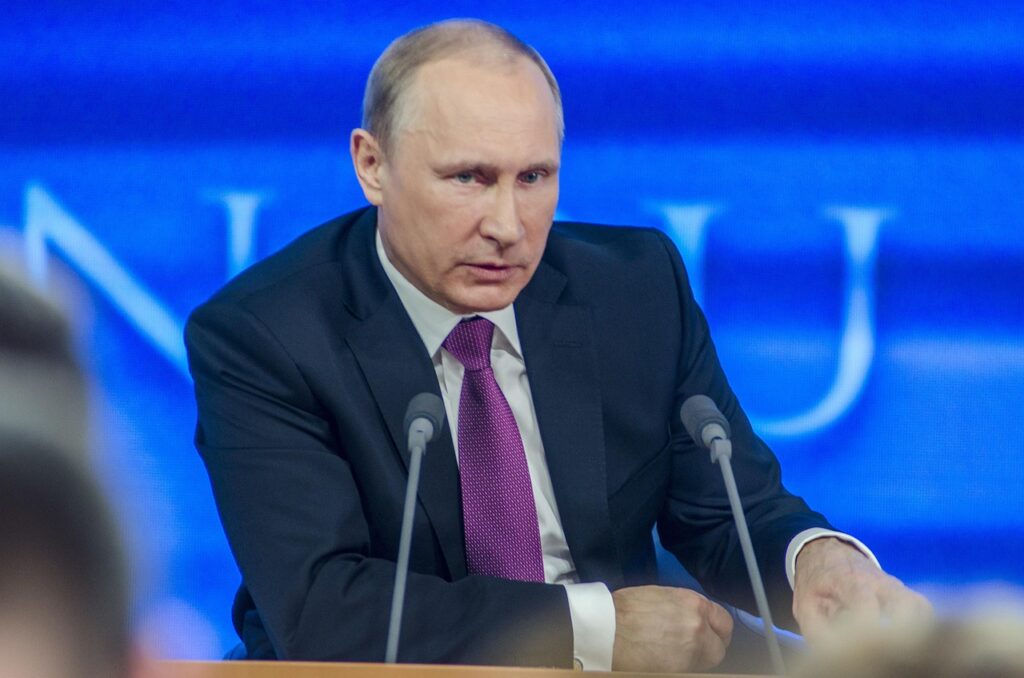- Politics
- conflict between Russia and Ukraine
- By Manohar Patil
Why the Conflict Between Russia and Ukraine Persists: A Deep Dive
The ongoing conflict between Russia and Ukraine is a complex geopolitical crisis with deep historical roots, evolving security concerns, and fundamentally opposing visions for the future. What began as a simmering tension in 2014 escalated into a full-scale invasion in February 2022, and understanding the myriad factors contributing to its persistence is crucial for comprehending the current global landscape
Historical Legacy and National Identity
At its core, the conflict is deeply intertwined with the historical relationship between Russia and Ukraine. Both nations share a common medieval heritage, but centuries of intertwined yet distinct paths have forged unique national identities. Russia often views Ukraine as part of its historical sphere of influence, a notion reinforced by periods of shared imperial rule and the Soviet era. However, Ukraine has increasingly asserted its independent identity and its right to self-determination, often looking towards closer ties with the West. This divergence in national narratives, with Russia viewing Ukraine as a “brother nation” it believes it has a right to control, and Ukraine fiercely defending its sovereignty, is a fundamental driver of the enduring conflict.
Geopolitical Chessboard: NATO Expansion and Security Concerns
A significant flashpoint in the conflict between Russia and Ukraine has been the eastward expansion of NATO (North Atlantic Treaty Organization). Following the collapse of the Soviet Union, several former Warsaw Pact countries and Baltic states joined NATO, a defensive alliance. Russia views this expansion as a direct threat to its security, perceiving it as an encroachment on its borders and a violation of alleged informal agreements from the early 1990s.
Ukraine’s aspiration to join NATO and the European Union has been a particularly contentious issue for Moscow. Russia demands that Ukraine remain neutral and out of any military alliances, viewing Ukraine’s potential NATO membership as crossing a “red line” that would place hostile military infrastructure on its doorstep. For Ukraine, however, joining NATO represents a guarantee of security and a break from Russian dominance, a right it believes it has as an independent nation. This fundamental clash of security perceptions forms a core obstacle to peace.
Territorial Disputes and Separatist Movements
The immediate catalyst for the 2014 conflict was Russia’s annexation of Crimea following a pro-Russian uprising and a disputed referendum. Simultaneously, pro-Russian separatists, with covert Russian support, ignited a war in the Donbas region of eastern Ukraine, establishing the self-proclaimed Donetsk and Luhansk People’s Republics. Russia’s recognition of these entities as independent states just prior to its 2022 invasion further cemented its direct involvement.
These territorial disputes are not merely about land; they represent a struggle over sovereignty, international law, and the post-Cold War European security order. Ukraine insists on the full restoration of its territorial integrity within its internationally recognized borders, including Crimea and the Donbas. Russia, conversely, has asserted its control over these regions, making any negotiation difficult. The role of Russian-backed separatists in the Donbas, often described as proxy forces, has been instrumental in prolonging the conflict and creating a frozen conflict that occasionally flares into open warfare.
Ideological Divides and Power Dynamics
Beyond historical and geopolitical factors, an ideological divide fuels the conflict. Russia, under Vladimir Putin, has often portrayed itself as a bulwark against Western influence and liberal democratic values, promoting a more authoritarian and conservative worldview. Ukraine, especially since its 2014 Revolution of Dignity, has increasingly embraced democratic reforms and sought integration with Western institutions. This clash of political systems and values contributes to the animosity and makes genuine reconciliation challenging. The desire for regional hegemony on Russia’s part, and Ukraine’s resistance to it, also plays a crucial role in the enduring nature of the conflict.
In conclusion, the conflict between Russia and Ukraine is a deeply entrenched struggle driven by competing historical narratives, incompatible security interests regarding NATO, unresolved territorial disputes, and stark ideological differences. Until these fundamental issues are addressed through genuine and comprehensive dialogue, the path to a lasting peace remains elusive.
Share this Article
WhatsApp
LinkedIn
Telegram
Email
Get Daily Updates to Your Inbox
Subscribe to News Letter
Advertisement


